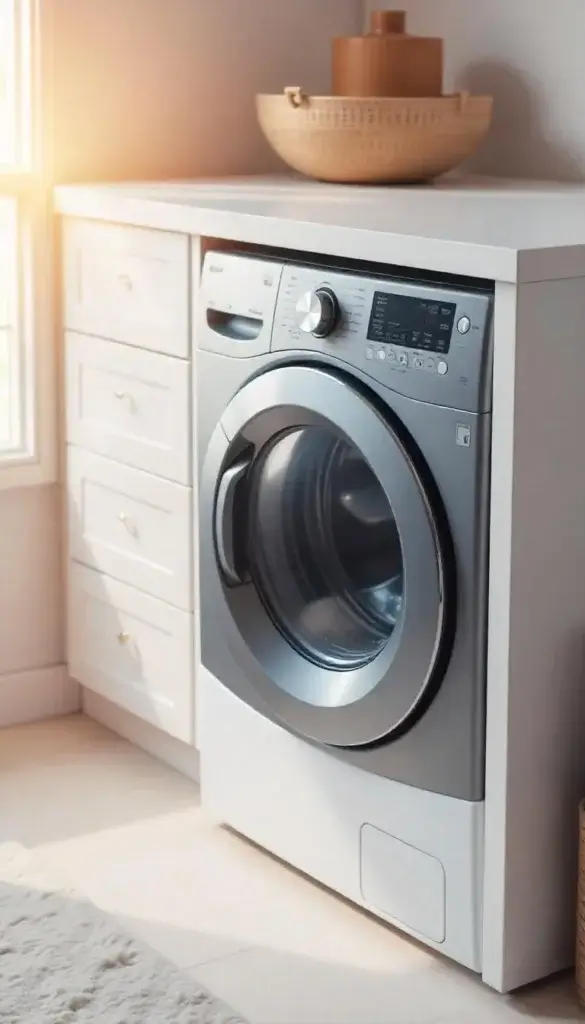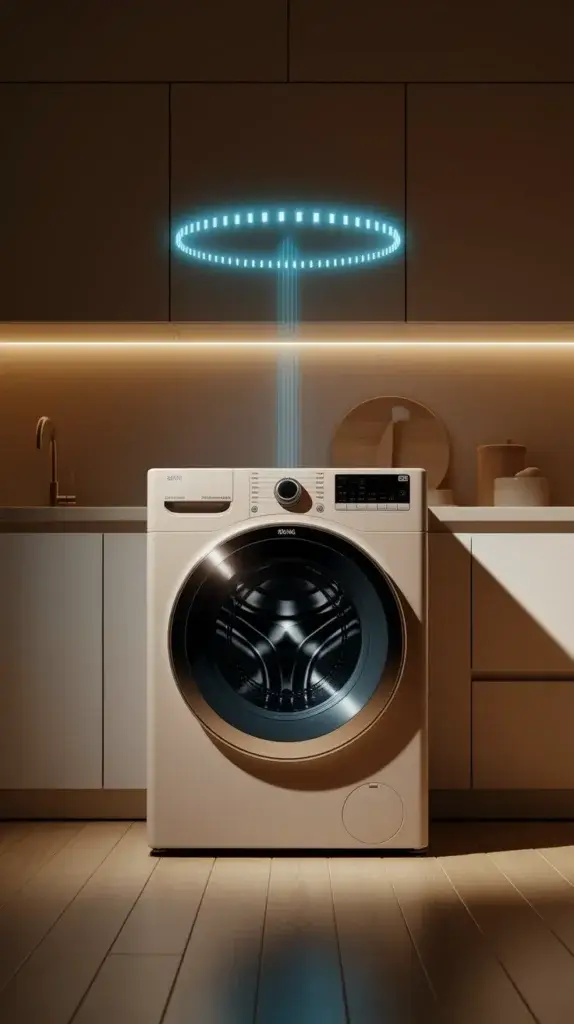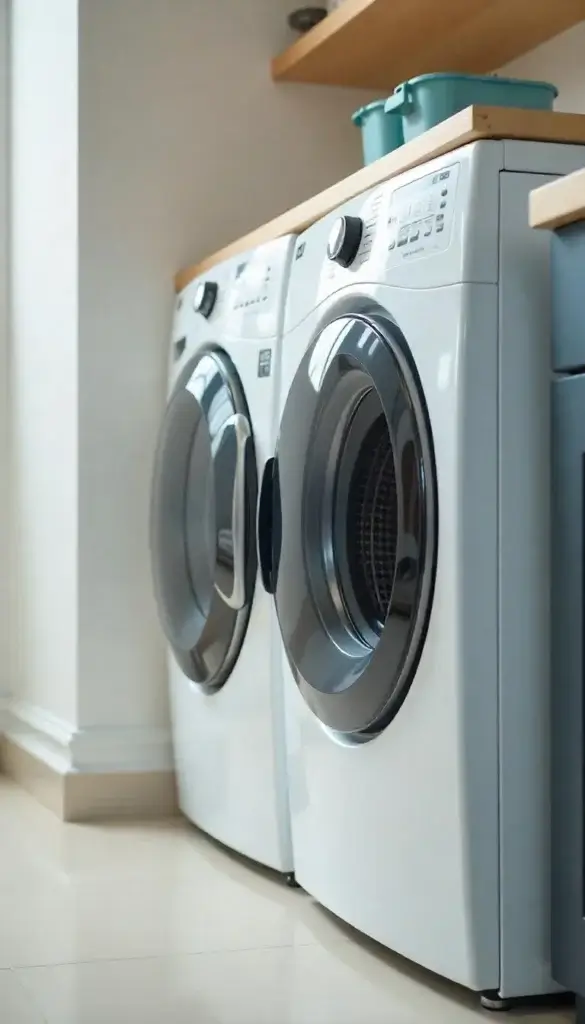In today’s world, home appliances are expected to do more than just perform their basic functions—they must integrate seamlessly into our lives, both in terms of efficiency and comfort. One of the most common complaints about washing machines is noise: the disruptive thumping, whirring, and water gurgling that echoes through homes, especially in smaller apartments or open-concept spaces.
But what if your washing machine could operate so quietly that you forget it’s even on? Here’s a look at ten groundbreaking ideas that could redefine the meaning of “quiet” in washing machine design.
1. Magnetic Direct-Drive Motor

Traditional washing machines rely on belts and pulleys to transfer motion, which not only wear out over time but also generate noise through friction and vibration. A magnetic direct-drive motor connects directly to the drum, eliminating the need for belts entirely.
This design results in smoother, quieter motion and fewer moving parts—translating to greater longevity and reduced sound emissions.
2. Multi-Layer Acoustic Insulation

Most washing machines have basic insulation, but it’s often not enough to muffle the cacophony of a high-speed spin cycle. By integrating a multi-layer insulation system—composed of foam, mass-loaded vinyl, and sound-absorbing textiles—engineers can dramatically reduce both airborne noise and vibrations transmitted through the appliance’s casing.
3. Active Noise-Cancellation System

Borrowing from the technology used in high-end headphones, active noise cancellation (ANC) in a washing machine would use embedded microphones and speakers to detect and counteract noise.
This system generates inverse sound waves in real time to cancel out motor hum and other frequencies, creating a quieter washing environment—especially useful during night-time cycles.
4. Adaptive Vibration Control Feet

Unbalanced loads are a major source of shaking and noise. With intelligent, self-adjusting feet that use hydraulic dampers or servo-controlled mechanisms, the washing machine can automatically stabilize itself during operation.
These feet adapt in real-time to load distribution and floor conditions, minimizing vibration and the dreaded “walking washer” effect.
5. Hydro-Quiet Water Inlet Valves

Most people don’t realize how noisy water flow can be. Standard inlet valves open with a sudden click and allow a surge of water that causes rattling pipes or abrupt noise.
Redesigned water valves with soft-seal elastomers and low-turbulence flow paths can introduce water gently and silently—preventing “water hammer” effects that echo through plumbing.
6. Ceramic-Coated Drum Surface

The interior drum can be a significant contributor to washing noise, especially as clothes slap against metal surfaces or buttons scrape during spinning. A ceramic-coated stainless steel drum provides a smoother, more refined surface that reduces friction and dampens sound, offering both noise reduction and a gentler wash for clothes.
7. Low-Noise Drain Pump

Draining water at the end of cycles can be surprisingly loud, especially if the pump uses older, brush-type motors. A brushless, low-speed centrifugal pump mounted on sound-isolating dampers can drain water efficiently while generating minimal noise. Slower but steady drainage creates a more peaceful end to the wash cycle.
8. Smart Load-Balancing Algorithm

Advanced sensors and control systems can detect an uneven load before the machine reaches spin speed. Instead of the machine thudding into imbalance, it could use pre-programmed drum movements to redistribute clothes gently. This intelligent balancing avoids noisy adjustments and ensures quieter, smoother operation.
9. Encapsulated Gearbox with Oil Suspension

For machines that still require gear reduction, encapsulating the geartrain in an oil-filled housing offers dual benefits. The oil not only lubricates the gears but also acts as a damping fluid, absorbing high-frequency gear noise and vibrations. This design is common in automotive engineering and could make machines whisper-quiet.
10. Quiet-Cycle Mode with Extended Wash

Sometimes, quieter performance just requires more time. A dedicated “Whisper Wash” mode would use lower drum speeds, reduced water pressure, and slower drain rates to minimize operational noise. Though it may take longer to complete a cycle, the payoff is near-silent performance—ideal for overnight loads or noise-sensitive households.
Conclusion
As our homes become ever more connected and compact, the demand for quieter, more considerate appliances continues to grow. By combining advanced technologies—like magnetic direct-drive motors, active noise cancellation, and adaptive vibration control—with thoughtful design elements such as multi-layer acoustic insulation and whisper-quiet water valves, manufacturers can offer washing machines that perform powerfully without drawing attention to themselves.
These ten innovations not only address the core sources of noise—mechanical friction, vibration, and fluid turbulence—but also pave the way for a new standard in home comfort.

